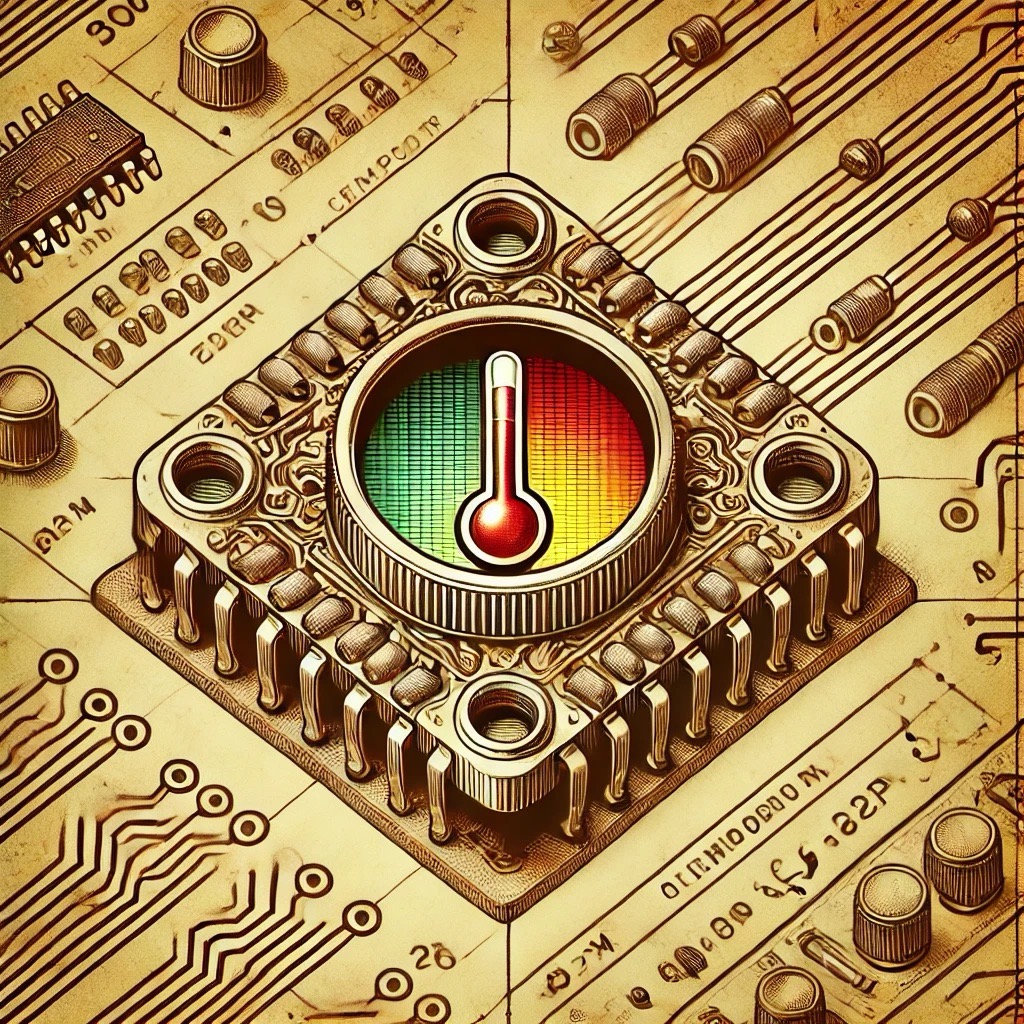Introduction to Sensors for Microcontrollers
Sensors are devices that detect physical quantities from the environment, such as temperature, humidity, motion, light, and many others. These sensors are crucial in many embedded systems and Internet of Things (IoT) applications, where microcontrollers interface with the real world. Microcontrollers (e.g., Arduino, ESP32, Raspberry Pi) can read data from sensors and use it to perform tasks such as monitoring, controlling, or processing information.
Sensors work by converting a physical measurement into an electrical signal, which is then processed by a microcontroller. These sensors often provide data in analog or digital formats, depending on the type of sensor and how it communicates with the microcontroller.
Common Types of Sensors for Microcontrollers
1. Environmental Sensors
These sensors monitor environmental conditions, such as temperature, humidity, light, and air quality.
- Temperature and Humidity Sensors: Measure the temperature and humidity of the environment. Examples: DHT11, DHT22, TMP36, BME280, LM35, TMP36.
- Light Sensors (LDR): Measure the amount of light falling on them. Used in automatic lighting systems.
- Gas Sensors: Detect gases such as CO, methane, and smoke. Examples: MQ series sensors (MQ-2, MQ-7, MQ-135, MQ-4, MQ-3, MQ-9).
- Soil Moisture Sensors: Measure the moisture level in soil, used in automated irrigation systems.
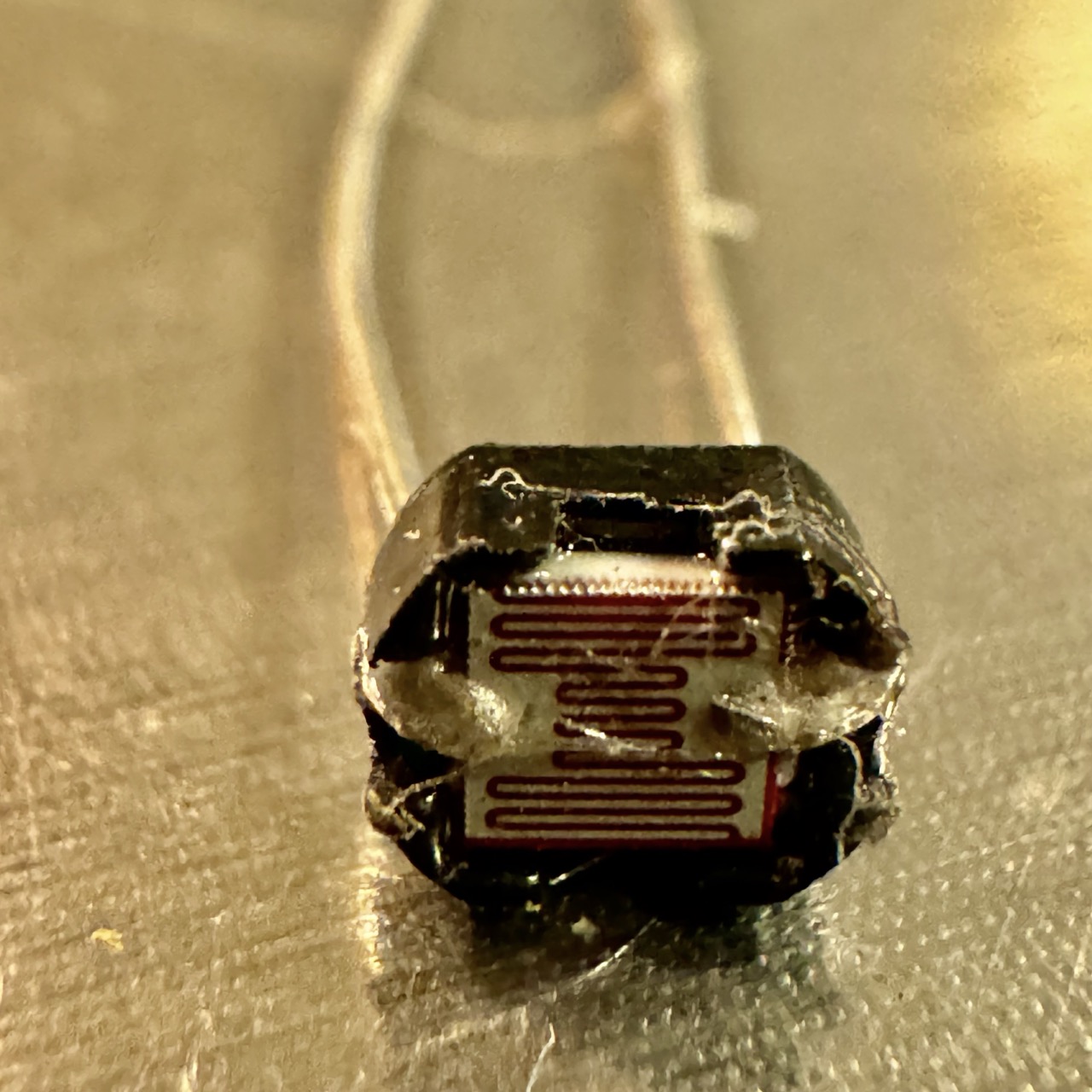
2. Motion and Proximity Sensors
These sensors detect motion or the presence of objects within a certain range.
- PIR Motion Sensor: Detects motion based on infrared radiation.
- Ultrasonic Sensors (HC-SR04): Measures distance by emitting high-frequency sound waves.
- Infrared Sensors: Used in obstacle detection and remote control devices. Example: Infrared Proximity Sensor
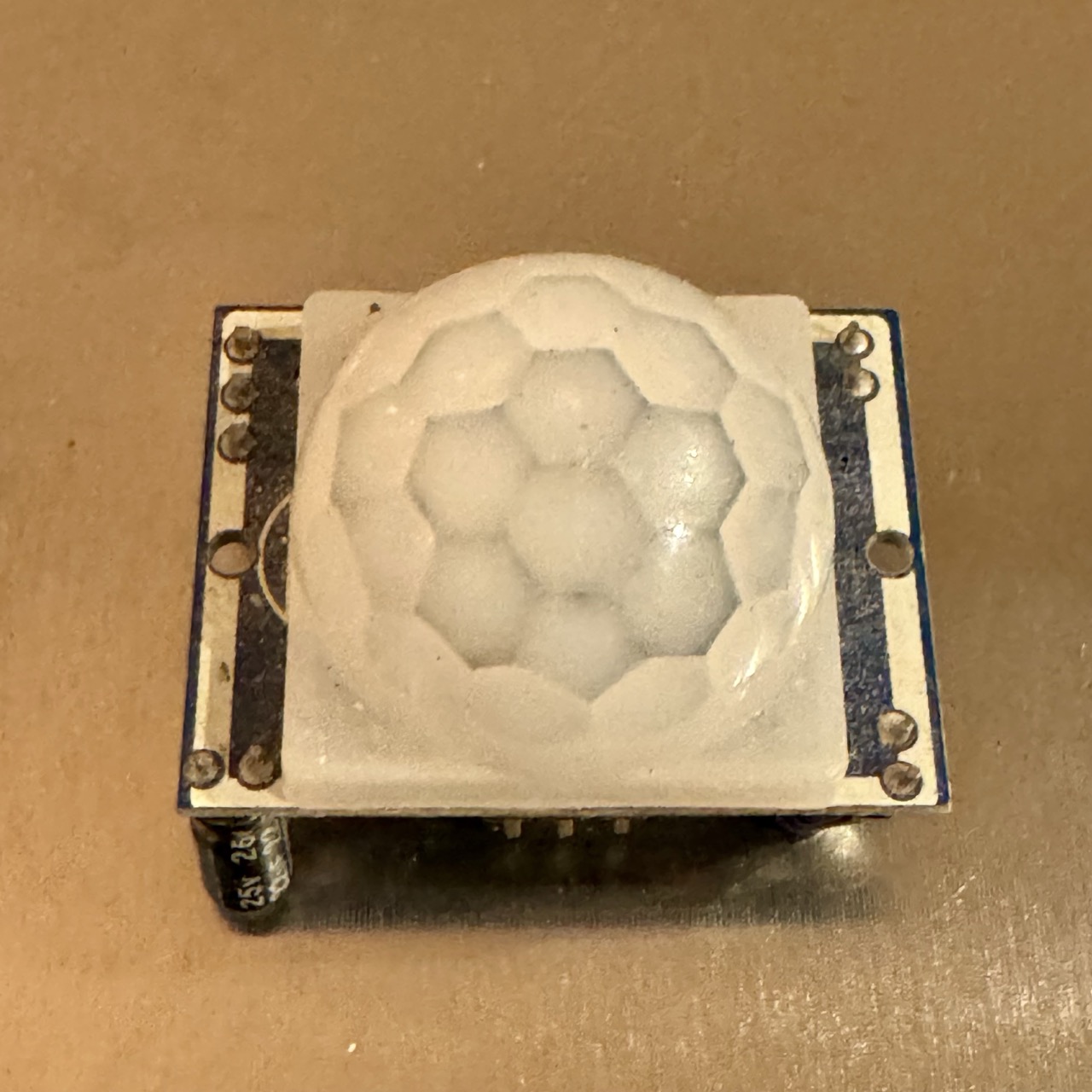
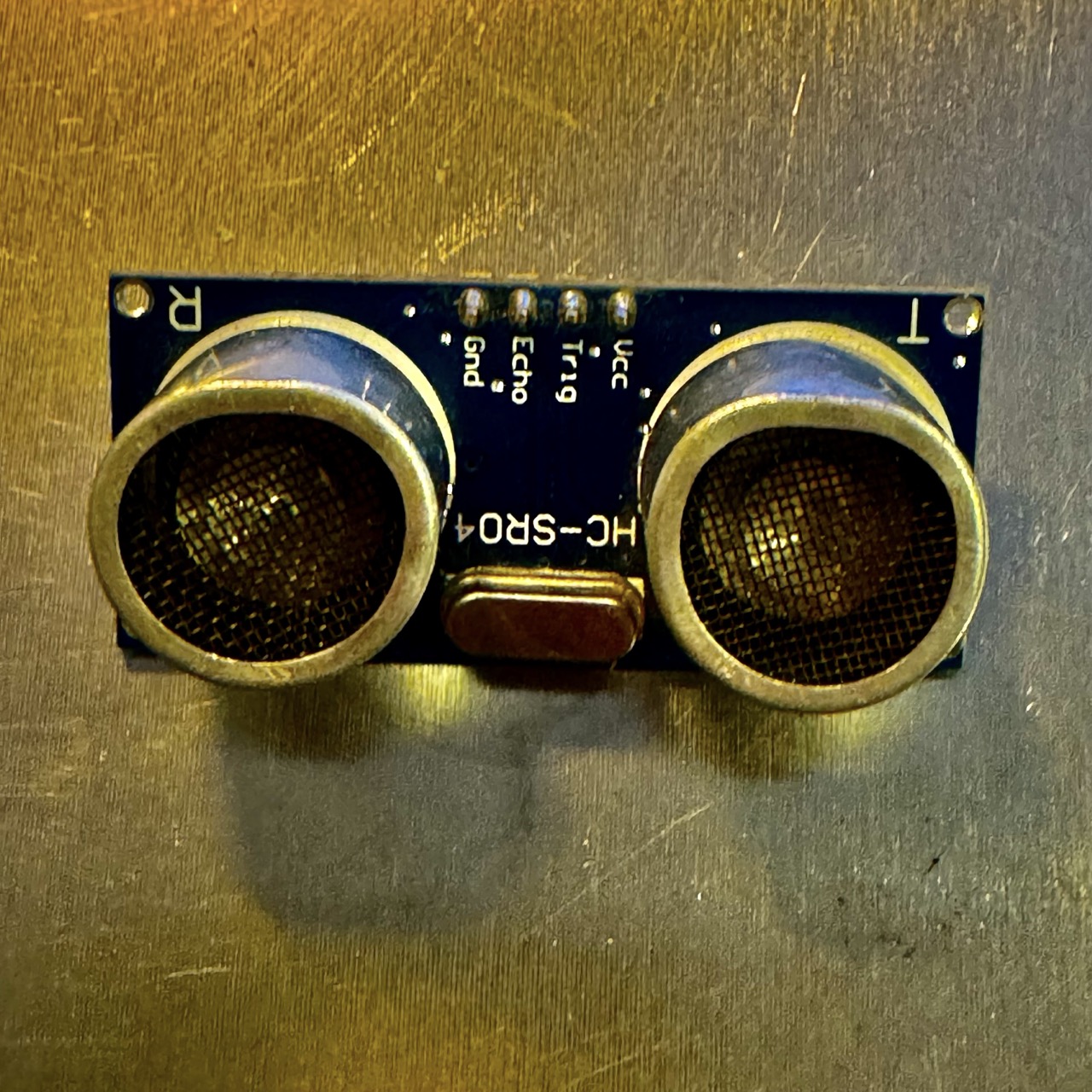
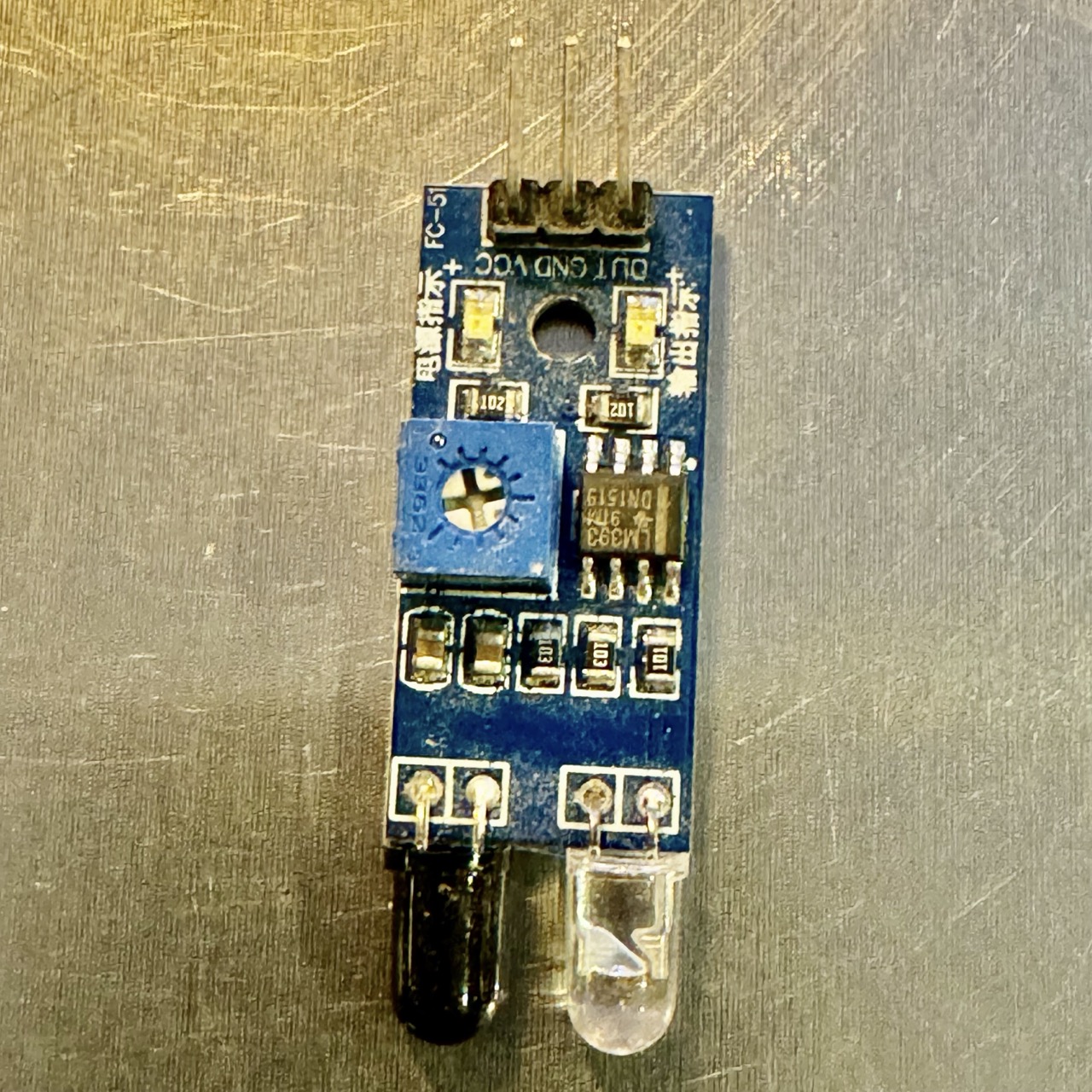
3. Position and Orientation Sensors
These sensors detect the position or orientation of objects.
- Accelerometers: Measure acceleration along one, two, or three axes. Examples: ADXL335, MPU6050.
- Gyroscopes: Measure rotational motion to maintain orientation. Example: MPU6050, L3G4200D.
- Magnetometers: Measure magnetic fields for navigation systems. Example: HMC5883L, MiCS5524.
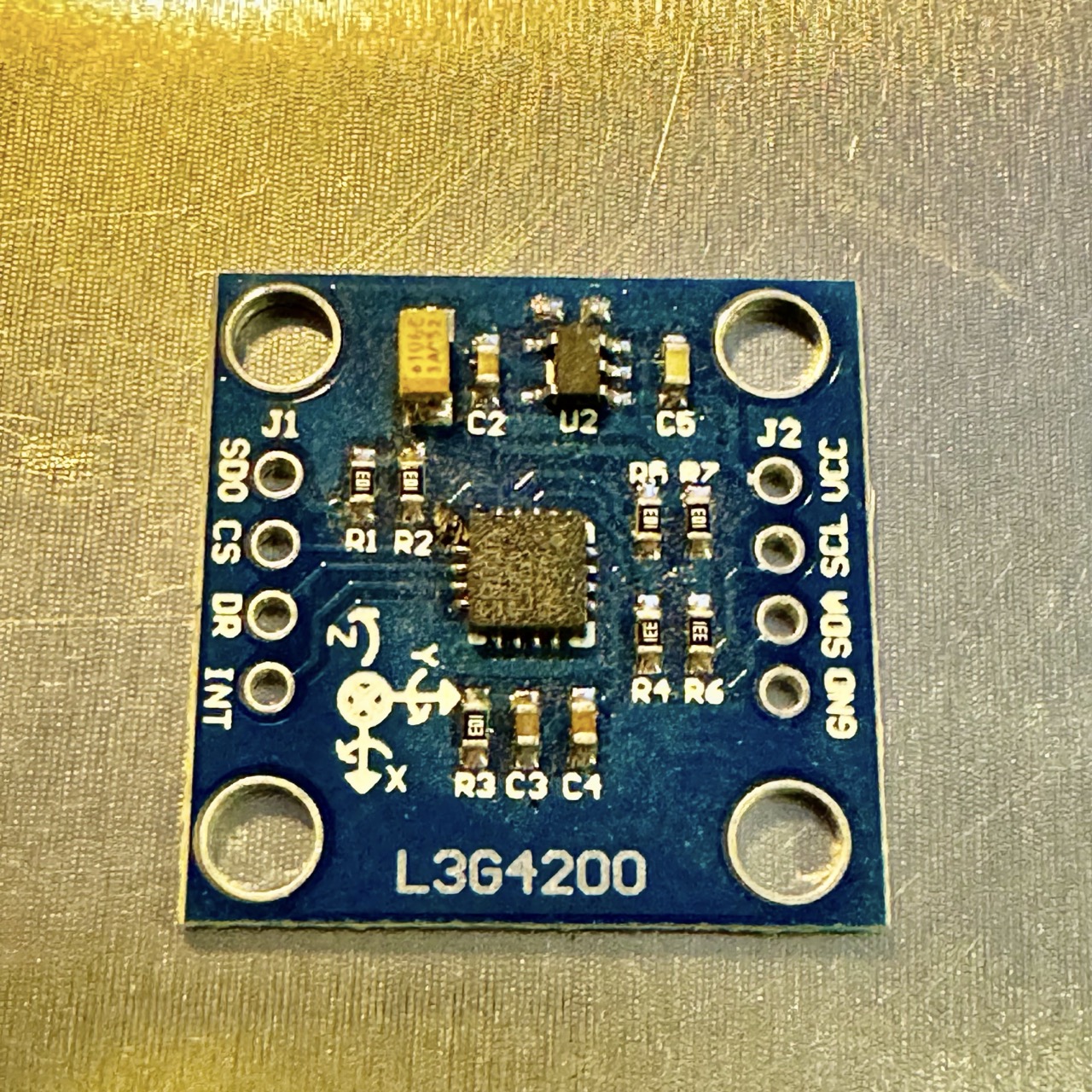
4. Sound Sensors
These sensors detect sound levels or specific sound frequencies.
- Microphone Sensors: Convert sound into electrical signals, used in sound detection and voice recognition.
- Piezoelectric Sensors: Detect vibrations and sound waves, commonly used in alarms.
- Sound Level Detection Sensors: Measure the intensity of sound. Example: Sound Sensor.
5. Force and Pressure Sensors
These sensors measure forces applied to a surface or pressure in fluids.
- Force Sensors: Measure the force exerted on an object. Used in load cells and robotic arms.
- Pressure Sensors: Measure the pressure of liquids or gases in various industrial and automotive systems. Example: BMP180, BMP280.
6. Specialized Sensors
These sensors are designed for specific applications.
- pH Sensors: Measure acidity or alkalinity in solutions, used in water quality monitoring. Example: pH Sensor.
- Heart Rate Sensors: Measure heart rate, used in fitness trackers and medical devices. Example: Pulse Sensor, MAX30100.
- Flame Sensors: Detect the presence of flames. Example: Flame Sensor.
- Vibration Sensors: Detect mechanical vibrations. Example: Vibration Sensor.
- Water Flow Sensors: Measure the flow rate of water through pipes. Example: Flow Sensor.
- Rain Sensors: Detect rainfall, used in automatic watering and weather stations. Example: Rain Sensor Module.
- Magnetic Field Sensors: Detect changes in magnetic fields. Example: Hall Effect Sensor.
- Gas Leak Sensors: Detect the presence of dangerous gases like methane and carbon monoxide. Examples: MQ-4, MQ-9, MQ-7.
- UV Light Sensors: Detect ultraviolet light intensity. Example: ML8511, UV Sensor.
- Color Sensors: Detect colors and light spectra. Example: TCS3200.
- Oxygen Sensors: Measure oxygen levels in the air. Example: MiCS5524.
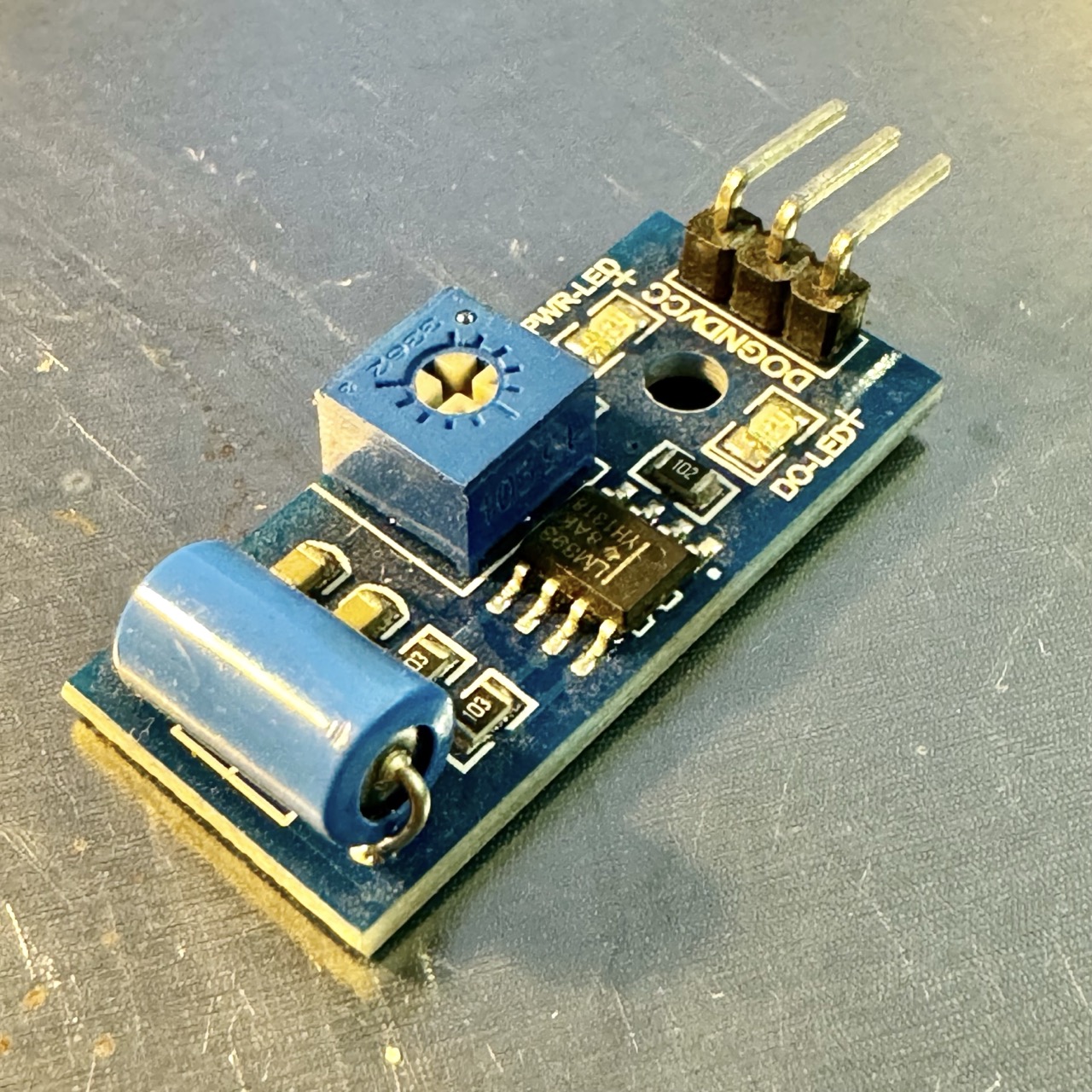
Hall sensors detect magnetic fields and are widely used for position and proximity sensing, such as in wheel encoders and contactless switches.
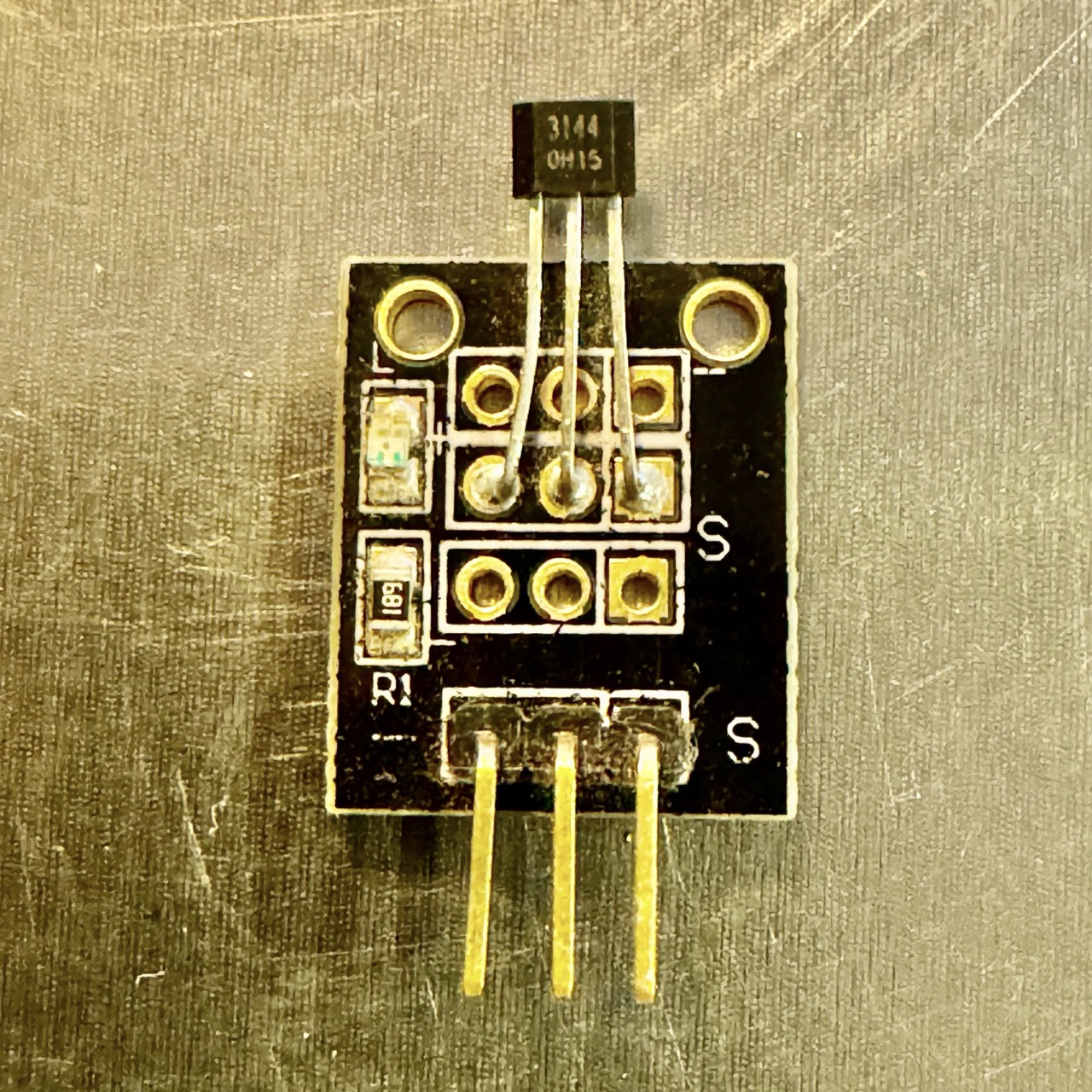
Example: The A3144 Hall effect sensor is often used in DC motor position sensing and RPM measurement, detecting changes in magnetic fields as the motor spins.
Specialized Applications of Sensors
1. Home Automation
Sensors are central to home automation systems. Examples include:
- PIR motion sensors for lighting control
- Temperature and humidity sensors for HVAC regulation
- LDRs for adjusting lighting based on ambient light
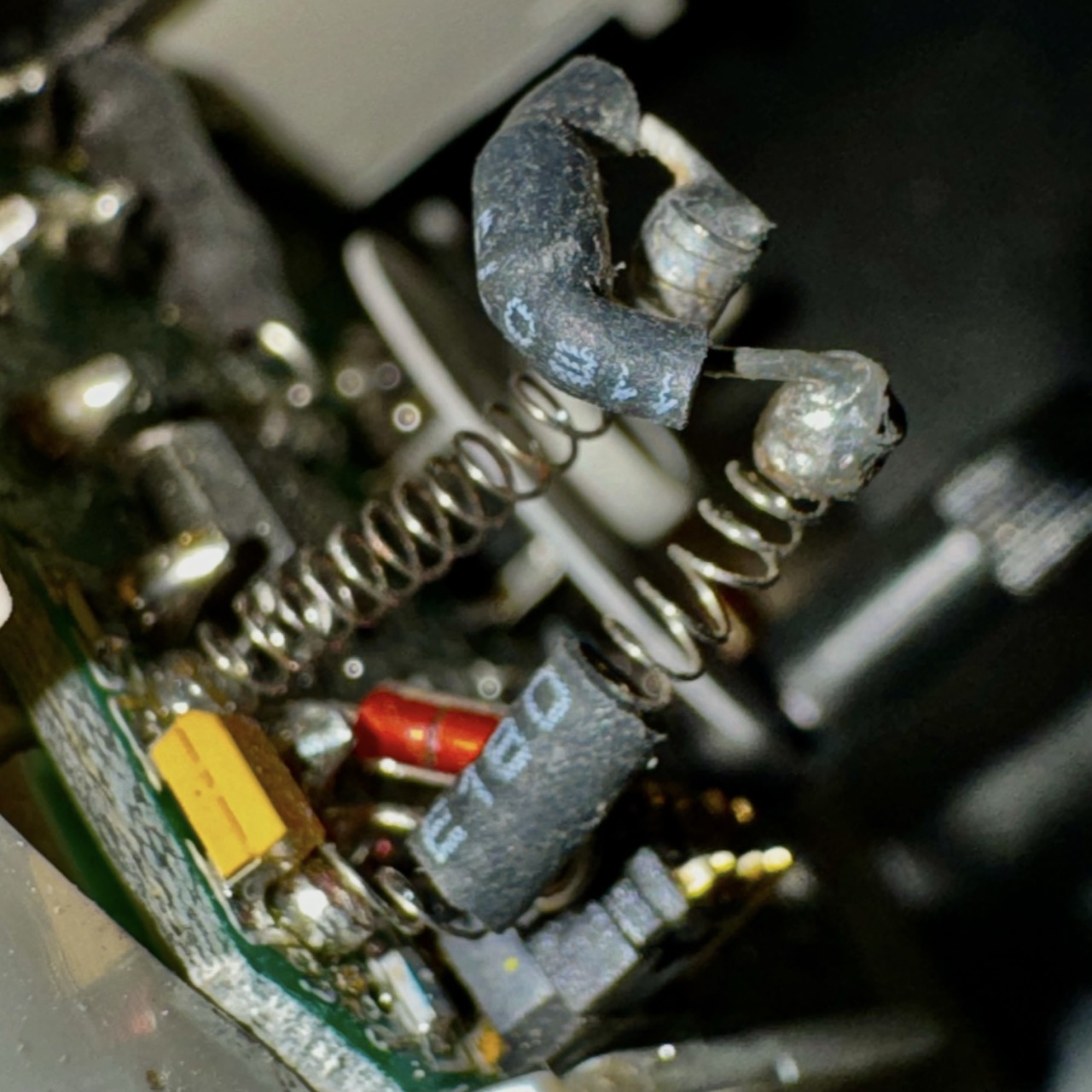
2. Industrial Automation
Sensors play a significant role in monitoring industrial environments:
- Pressure and force sensors for machinery monitoring
- Gas sensors for detecting leaks in factories
- Accelerometers and gyroscopes for vibration monitoring
3. Robotics
Sensors are essential for robot navigation and interaction:
- Ultrasonic sensors for obstacle detection
- Accelerometers and gyroscopes for orientation control
- Force sensors for robotic grippers and manipulation
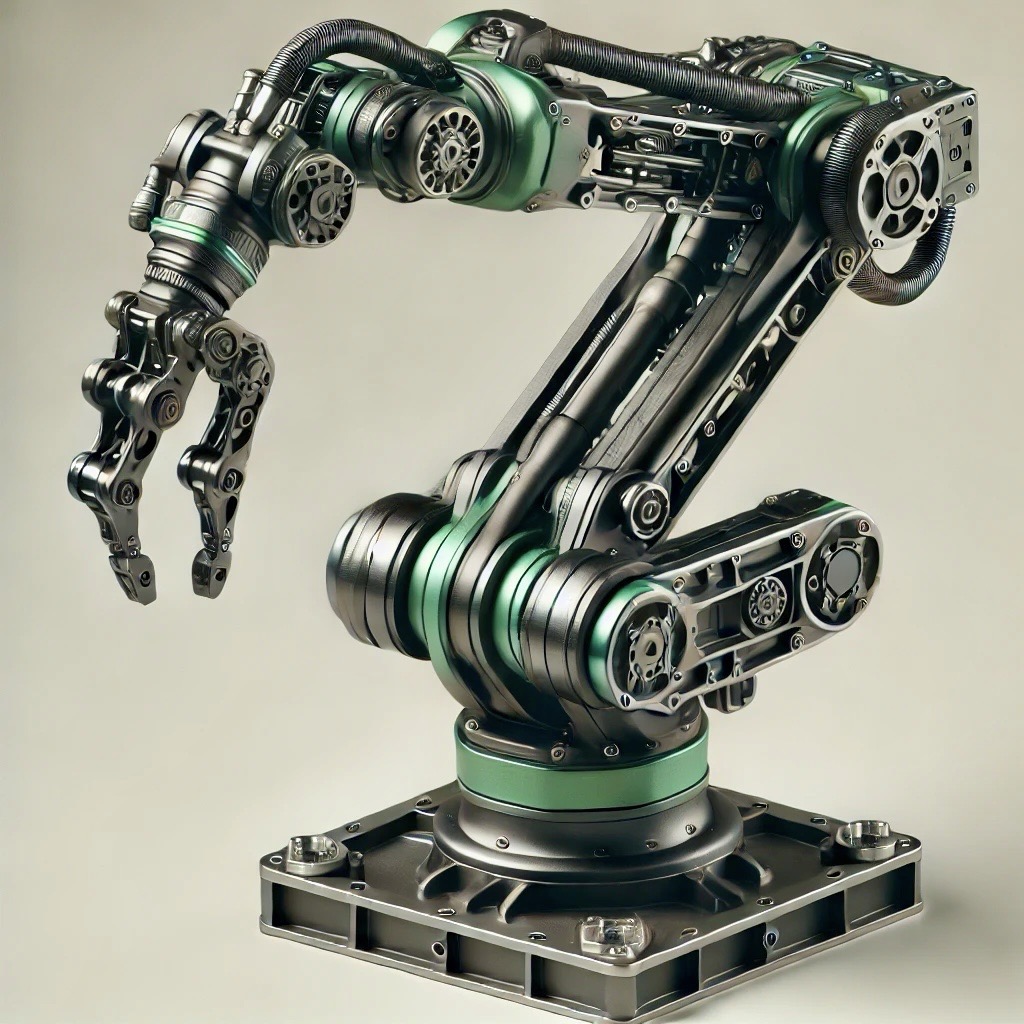
4. Healthcare and Wearables
Sensors are used in healthcare for monitoring vital signs and activity tracking:
- Heart rate sensors for fitness and health monitoring
- Temperature sensors for body temperature measurement
- Accelerometers for fall detection and activity tracking
Communication Methods with Sensors
1. Analog Communication
In analog communication, sensors send a continuous signal that varies proportionally to the measured physical quantity, such as with LDRs or temperature sensors.
2. Digital Communication
Digital sensors use protocols like I2C, SPI, and UART to send data in binary form or more complex formats:
- I2C: A two-wire protocol used for sensors like accelerometers and temperature sensors.
- SPI: A high-speed protocol used for sensors requiring faster data transfer.
- UART: Often used for long-distance communication with sensors like GPS.
Conclusion
Microcontroller-based sensor systems enable the creation of a wide range of applications, from simple weather monitoring to complex industrial automation and healthcare solutions. Understanding the types of sensors, their communication methods, and the applications they serve is crucial for successfully integrating them into your projects. As the IoT and automation fields continue to expand, sensors will play an even more critical role, enabling smarter, more responsive systems across various industries.
100 Sensor Experiments
- 1. Measure Temperature with an LM35 Sensor
- 2. Humidity Detection using DHT11
- 3. Motion Detection with a PIR Sensor
- 4. Light Intensity Measurement with an LDR
- 5. Soil Moisture Detection
- 6. Distance Measurement with Ultrasonic Sensor
- 7. Detect Smoke using MQ-2 Sensor
- 8. Gas Detection using MQ-135 Sensor
- 9. Vibration Measurement with Vibration Sensor
- 10. Flame Detection using Flame Sensor
- 11. Heart Rate Measurement with Pulse Sensor
- 12. Infrared Proximity Detection
- 13. Sound Level Detection with Sound Sensor
- 14. Measure Temperature and Humidity with DHT22
- 15. Liquid Level Detection with Float Sensor
- 16. Measure Voltage using Voltage Sensor Module
- 17. Detect Magnetic Field with Hall Effect Sensor
- 18. Detect Alcohol Levels with MQ-3 Sensor
- 19. Atmospheric Pressure Measurement with BMP180
- 20. CO2 Detection using MG811 Sensor
- 21. Tilt Detection with Tilt Sensor
- 22. Water Flow Rate Measurement with Flow Sensor
- 23. Detect Rain with Rain Sensor Module
- 24. Heartbeat and ECG Measurement
- 25. Light Measurement using TSL2561
- 26. Gas Leak Detection with MQ-7 Sensor
- 27. Gyroscope Experiment with MPU6050
- 28. Accelerometer Data Collection with ADXL335
- 29. Gesture Detection with APDS9960 Sensor
- 30. Ambient Light and Proximity Measurement
- 31. Oxygen Level Detection with MiCS5524
- 32. Carbon Monoxide Detection using MQ-9
- 33. Temperature Measurement with TMP36
- 34. Soil Nutrient Detection
- 35. Wind Speed Measurement with Anemometer
- 36. Color Sensing with TCS3200 Sensor
- 37. UV Light Detection with UV Sensor
- 38. RFID Card Reading Experiment
- 39. Compass Reading with HMC5883L
- 40. Fingerprint Recognition Experiment
- 41. Temperature and Pressure with BME280
- 42. Heat Detection with Thermopile Array
- 43. pH Level Measurement with pH Sensor
- 44. Gasoline Fume Detection with MQ-4
- 45. Magnetic Field Strength Measurement
- 46. Humidity with HTU21D Sensor
- 47. Soil Temperature Detection
- 48. Sound Frequency Detection
- 49. Oxygen Sensor for Aquariums
- 50. UV Intensity Measurement with ML8511
- 51. Accelerometer and Gyro Data Logging
- 52. Gas Concentration with MQ-8
- 53. Soil pH Level Detection
- 54. Alcohol Content Detection with MQ-303A
- 55. Luminosity Measurement
- 56. Glucose Detection Experiment
- 57. Wind Direction Measurement
- 58. Dust Particle Measurement with GP2Y1010
- 59. Light Spectrum Analysis
- 60. PIR Motion Detection Module
- 61. Salinity Sensor for Water Quality
- 62. TDS Measurement for Water Purity
- 63. Body Temperature Sensor with Thermistor
- 64. Voltage and Current Measurement
- 65. Water Temperature Detection
- 66. Infrared Distance Sensor Experiment
- 67. Gyroscope Stabilization Control
- 68. Liquid Density Detection
- 69. Oil Level Detection in Tanks
- 70. Tilt Angle Detection
- 71. DC Motor Speed Detection
- 72. Laser Beam Interruption Detection
- 73. Oil Viscosity Measurement
- 74. Energy Meter Reading
- 75. GPS Tracking Experiment
- 76. ECG Signal Analysis
- 77. CO Detection with MQ-9 Sensor
- 78. PM2.
- 79. PM2.5 Air Quality Measurement with SDS011
- 80. Heartbeat Detection with MAX30100
- 81. Rain Intensity Measurement
- 82. Vibration Analysis with Piezo Sensor
- 83. Detecting Altitude with BMP280
- 84. Pulse Oximeter Experiment
- 85. RFID Access Control Experiment
- 86. Water Turbidity Measurement
- 87. Proximity Sensing with VL53L0X
- 88. Air Pressure Measurement with HP03S
- 89. Current Sensing with ACS712
- 90. UV Index Monitoring
- 91. Detect Methane Gas using MQ-4
- 92. Earthquake Vibration Detection
- 93. Battery Level Monitoring
- 94. RFID Tag Tracking System
- 95. Smart Dustbin with Ultrasonic Sensor
- 96. Weather Station with Multiple Sensors
- 97. Detect Light Flickering with Photodiode
- 98. Soil Fertility Monitoring System
- 99. Gas Sensor Calibration
- 100. Smart Agriculture Sensor Integration
